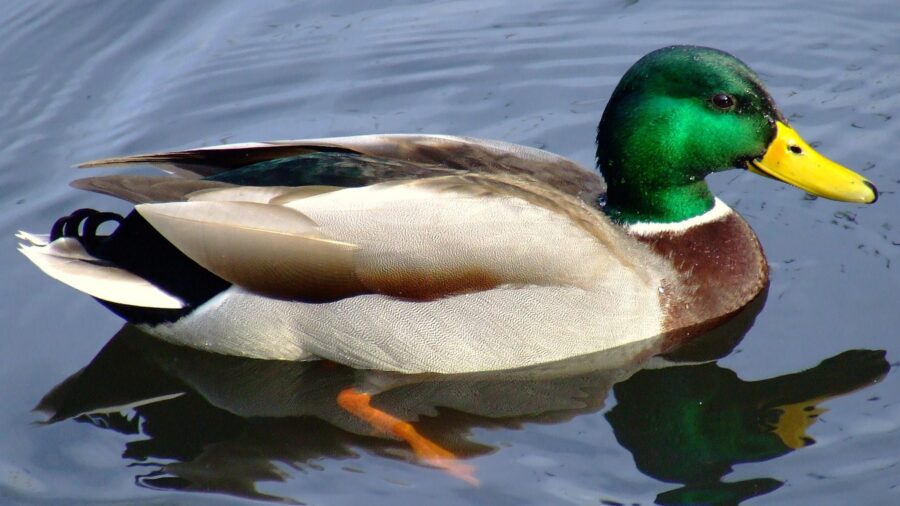Dead Birds Are Being Turned Into Drones
Dead birds are becoming drones to monitor flight patterns.

For those of you who have friends who think that birds aren’t real, they might actually be on to something, according to Reuters. Okay, so birds aren’t government drones designed to spy on us from above, but scientists in New Mexico are converting dead birds into drones to study flight. Though this kind of reverse engineering is a new way to study flight patterns and endurance, it does seem like the plot of a dystopian science fiction series.
And Twitter is having a heck of a time processing this information! Twitter user @Everyrealm, exclaimed, “what in the bioshock infinite is this thing?” This Tweet was followed by @theserfstv, who stated, “oh dear god the birds aren’t real movement was actually real.”
But Dr. Mostafa Hassanalian, who is leading the study, has pure intentions. Citing frustration with using purely mechanical birds in his research, he looked into Taxidermy. Through the reverse engineering of dead birds into suitable drones, his research now has legs (and wings for that matter). Not only will Hassanalian’s study give us a better understanding of the formation and flight patterns of flocks, but his findings will have potential in the aviation industry.
The primary focus of this study using dead birds as drones is on color. And it’s a pretty simple hypothesis that states the color of a bird might have something to do with its endurance, resulting in different levels of flight efficiency. Ph.D. student, Brenden Herkenoff, elaborates that this hypothesis came to be when studying fixed-wing aircraft, using color as a variable to determine flight efficiency and fuel consumption.
Up to this point in time, researchers assumed that birds were colored in certain ways to hide from predators or attract mates. But the implication that color also has something to do with their ability to travel long distances could be further applied to aircraft, which is new territory to explore. By using actual dead birds to construct drones, researchers are able to test this hypothesis.

The design behind the dead bird drones is actually quite ingenious. Hassanalian explains that converting a taxidermy bird into a drone requires some basic electrical mechanics, as well as knowing the flapping frequency and weight of the bird when it was alive. By being able to realistically mimic the movements of a living bird, the dead bird drones could eventually be able to blend in with a flock, which will give us a more solid understanding of how birds are able to endure long migrations.
This study is still in its infancy, however. The dead bird drones are in a controlled environment and being tested in a purpose-built cage at the New Mexico Institute of Mining and Technology, and it will be a while before these drones are introduced into the wild. As of now, the prototypes can only fly for a maximum of 20 minutes in their caged setting.
However, the next phase of this research is to get these dead bird drones to fly in their simulated environment for longer stretches of time. Once this feat is accomplished, flying dead bird drones will join formations alongside living birds to continue the research. So if you’re worried that the NSA is spying on you via bird drones, you can put your mind at ease because dead bird drones, as far as we know, are a new technology.












